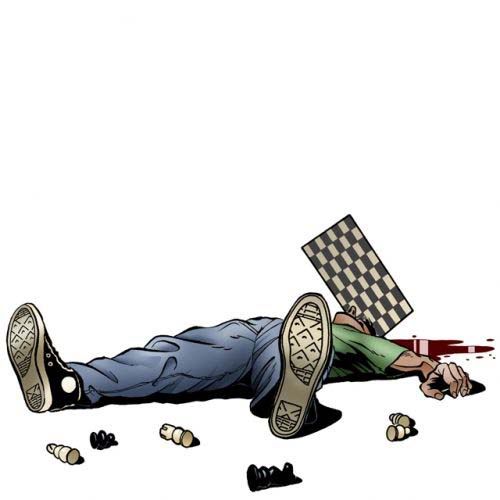 |
| Credit: We[heart]it.com |
Well, another year, another 62 posts... I hope you are enjoying this blog and learning something about chess in the area! I hope to finally, finally, FINALLY finish the book my co-author and I are writing on the subject...
As for the image, I couldn't resist. Incidentally -- jokes aside, the problem of making the pawn "change" its "sex" to become a "female" chess queen upon promotion was a bit of a problem. The objection wasn't so much to the "sex change" but to allowing the promotion to an extra queen: the suspicion was that the king, in this case, would be committing bigamy.
At least that is what Davidson says in his Short History of Chess according to Wikipedia. Not having Davidson's book handy, I am not sure how well researched this issue is, and how much of it may be a chess fable. The problem did not exist in the Arabic game, where the equivalent piece is a vizier, a royal advisor, who is male -- and of whom the Shah (king) could have as many as he wishes.
Actually, in English, an non-gendered language, 'pawn' isn't male or female (unless one considers it "male" due to being part of the group of "chessmen" -- but "chessmen" include the queen...). Thus Lewis Carroll had no problem making Alice a pawn in Through the Looking Glass, so her eventual promotion to a queen was natural.
But the equivalent word for 'pawn' in French, German, Arabic, Hebrew, etc. is both grammatically masculine, and also means -- depending on the language -- a foot-soldier, peasant, farmer, etc.; i.e., a man of the lowest and most numerous rank in either the army, or society at large.



